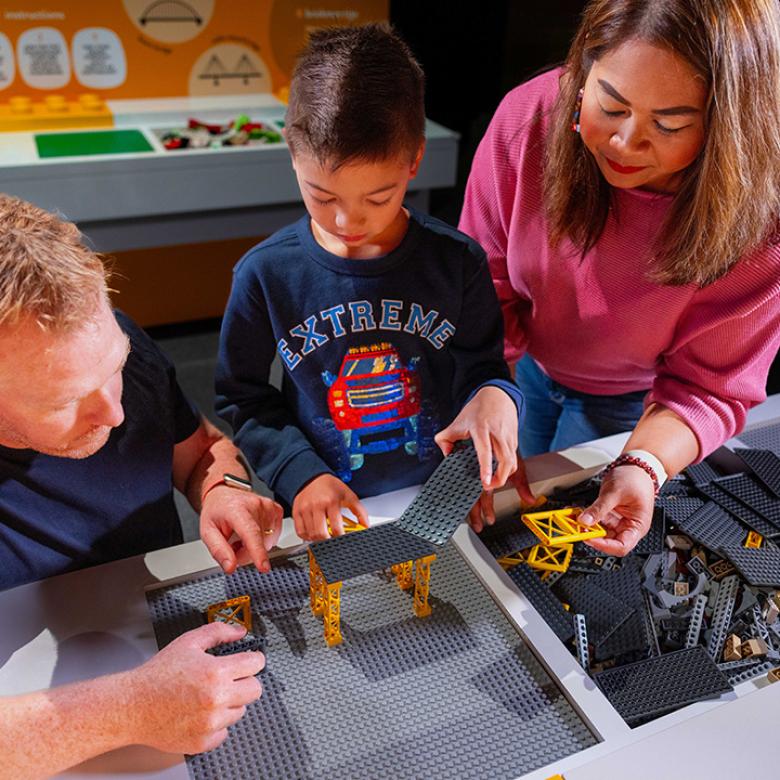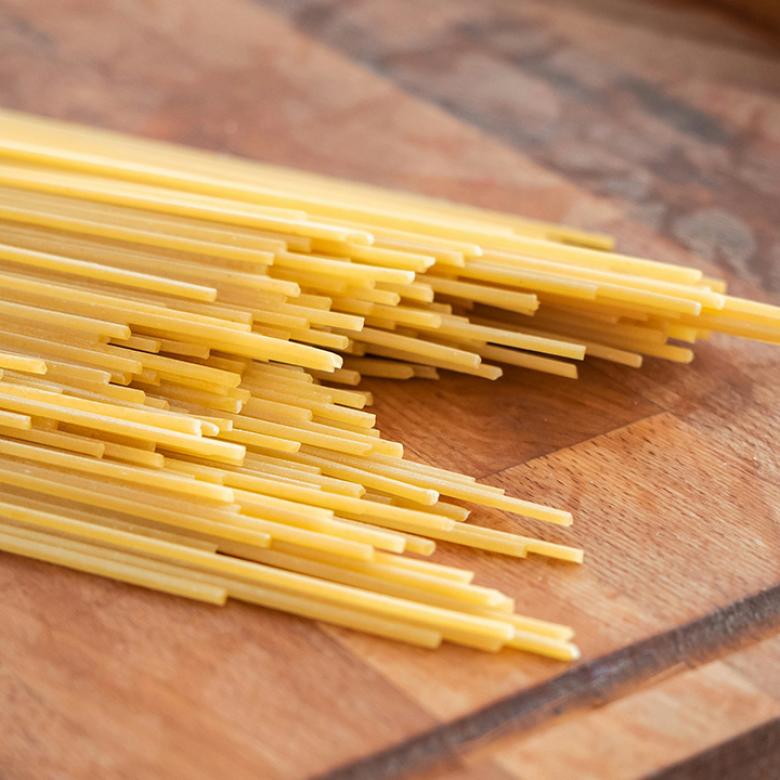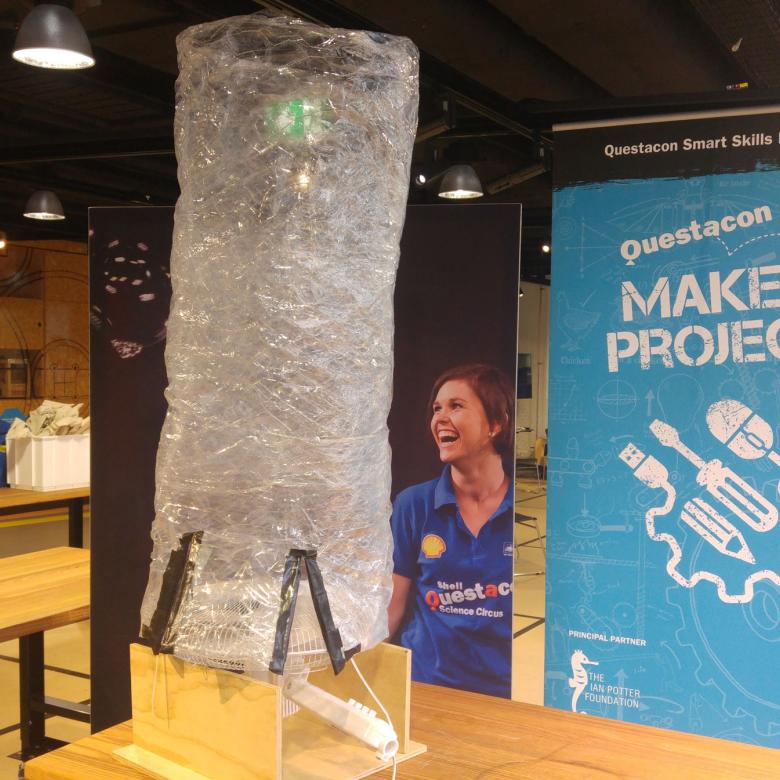You’ll need
- A large, empty space such as a school oval
- 9 people
- 9 sticky labels and a pen
- A pole, such as a broomstick
- 8 balls of string or wool (make sure one is at least 100 m long)
- A measuring wheel (also known as a click wheel or trundle wheel)
- A metre ruler
- A copy of the planets table below
What to do
- Gather your materials and stand in the middle of the large, empty area.
- Write the names of each planet (see table below) on sticky labels. Also make a label for the Sun.
- Give each person one of the sticky labels to put on their shirt.
- Get the ‘Sun’ person to stand in the middle of the space, and use the metre rule to get ‘Earth’ to stand 1 m away from the Sun.
- Based on this distance, ask the other planets to place themselves in a line based on how far they think they are from the Sun.
- Look at where the planets are. Are they spread out? Are they equal distances apart? How far away is the furthest planet?
- Get everyone to come back and gather around the Sun.
- Give the Sun the pole to hold.
- Give each planet a ball of string.
- Tie the ends of each ball of string securely to the pole.
- Using the metre rule and measuring wheel, get each planet to walk away from the Sun with their ball of string, to their set distance (see the table below).
- Have the planets line up in order of distance from the Sun.
- Observe the distances between the planets. Is this what you expected? How does it differ from your guesses?
- Planets now need to complete a lap of the Sun, which is equal to their planet’s year. Onlookers or a teacher can clap to keep a constant beat for the planets to keep pace to. Keeping the strings lightly stretched, get the planets to walk around the Sun at a constant speed of 1 step per beat. Once the planets have completed a lap, they sit down.
| Planet | Distance of students from the Sun (m) | Actual distance of planets from the Sun (astronomical units – the distance from the Sun to Earth) |
| Mercury | 0.4 | 0.4 |
| Venus | 0.7 | 0.7 |
| Earth | 1.0 | 1.0 |
| Mars | 1.5 | 1.5 |
| Jupiter | 5.2 | 5.2 |
| Saturn | 9.5 | 9.5 |
| Uranus | 19.2 | 19.2 |
| Neptune | 30.1 | 30.1 |
Questions to ask
At the scale used in this activity, the Sun would be 1.3 cm in diameter, or roughly the size of a marble. Think about how far apart the planets would be if the Sun was the size of a tennis ball or basketball.
How much further apart would the planets be if the Sun was 1 m in diameter?
What's happening
The distances in the solar system are vast. We use astronomical units to measure distances in our solar system. One astronomical unit is equal to the distance between Earth and the Sun (150 million kilometres).
A planet’s year is equal to the time it takes that planet to orbit the Sun. For Earth, 1 year is about 365 days. The further away a planet is, the longer it takes to orbit the Sun because it has a much greater distance to travel along its orbit around the Sun. Mercury is closer to the Sun and has a short year that lasts 88 Earth days. Neptune is further away and has a year that lasts nearly 165 Earth years.
Did you know
Our Sun is a star, and other stars also have planets. By 2017, we had discovered more than 2,700 stars that had planets orbiting them (3,600 planets in total). It is estimated that 1 in 5 Sun-sized stars has an Earth-sized planet orbiting them at roughly the same distance as Earth is from the Sun. This distance is called the habitable zone. The nearest star with planets in the habitable zone is 4.2 light years from Earth. A light year is the distance travelled by light in 1 year, which is 9.5 trillion kilometres!






